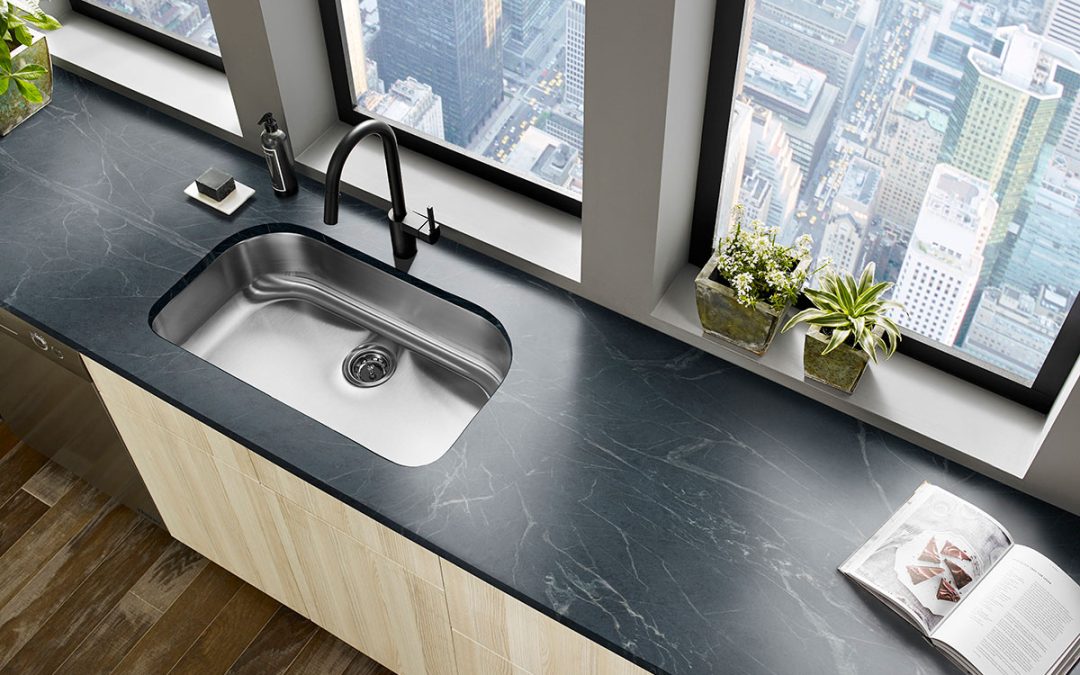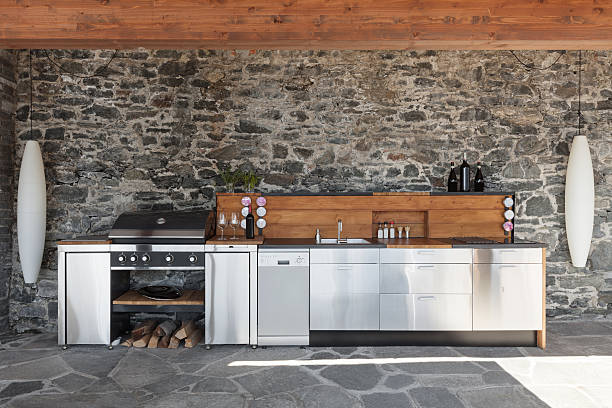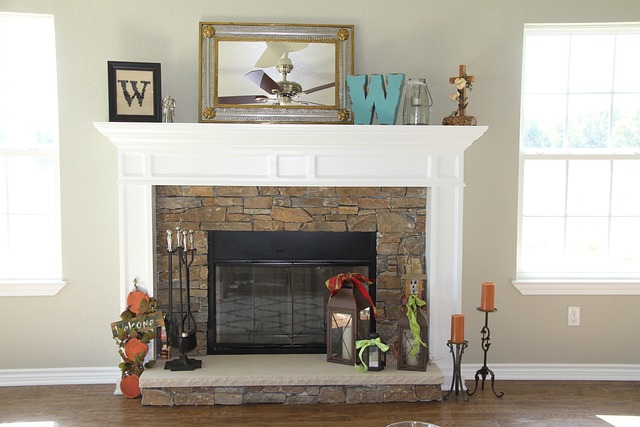Whether you are considering soapstone for your countertops or floors you’ll want to know all about this beautiful stone.
Soapstone is a metamorphic rock. There are two different materials popularly called soapstone. The first being Talc, the softest mineral on earth, mostly used in the manufacturing of cosmetics, refractory materials, sculptures, and everyday items such as toothpaste, baby powder and even chewing gum. What we manufacture at M. Teixeira Soapstone is an alternate material known as steatite.
The rock steatite (also called soapstone) is the material we use for our countertops, sinks, masonry heaters, flooring, and many other architectural applications. Steatite was also used to “coat” the famous “Christ the Redeemer” statue in Rio de Janeiro, Brazil. Steatite is composed of several minerals, but the most abundant is talc. Steatite, because of its additives, is harder than talc, and hence suitable for the applications cited above. Soapstone (steatite) in its initial state only comes in shades of gray, unlike talc, which is available in a variety of colors.
This naturally quarried stone is softer than most other naturally occurring minerals. Although soft, soapstone is a very dense (non-porous) stone; more so than marble, slate, limestone and even granite. Since soapstone is impenetrable, it will not stain, no liquid will permeate its surface. Other stones, including granite, have a propensity to soil; this is why soapstone (steatite) is widely used in chemistry lab countertops and acid rooms.
Soapstone is used for sculpture, tile, and kitchen countertops, sinks, wall tile and even for woodstoves and fireplaces.
 Source: https://www.soapstones.com/
Source: https://www.soapstones.com/







